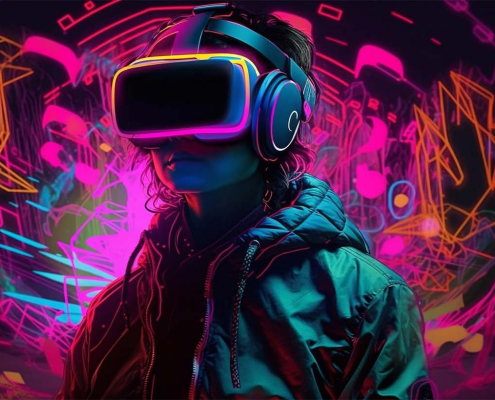Industry
Gaming Development
Location
Gaming Development
Duration
1 Months
Task
Research, Development
The gaming community has an increasing appetite for high-quality multiplayer experiences. Our Indie game studio found that the current multiplayer modes in our Unity 3D-based game suffered from lag, synchronization issues, and lack of scalability, leading to negative user reviews.
We decided to transition to a hybrid model using both Unity 3D for front-end and Unreal Engine for the back-end server logic. This allowed us to leverage the real-time capabilities of Unreal Engine to manage server-side computations, improving the overall gameplay experience.
1. Skill Gap: Our team was well-versed in Unity 3D but had limited experience with Unreal Engine.
2. Code Migration: Transferring existing Unity scripts to work seamlessly with Unreal Engine was complex.
3. Testing: Simulating real-world multiplayer scenarios for debugging required creating a virtualized network environment.
● Unity 3D / Unreal engine for client-side development
● Node JS for server-side logic
● Docker for containerized microservices
● WebRTC for real-time communication
We initiated a three-month sprint focused on server-side logic. Training sessions were conducted to get the team up to speed with Unreal Engine. The development was divided into multiple iterations: first, migrating a single module to test compatibility and then moving the entire backend. Docker containers were used to encapsulate each microservice, aiding in scalability. Finally, WebRTC was employed for real-time communication between client and server.
The result was a 60% reduction in lag and synchronization issues, leading to an increase in user retention by 25%.
















